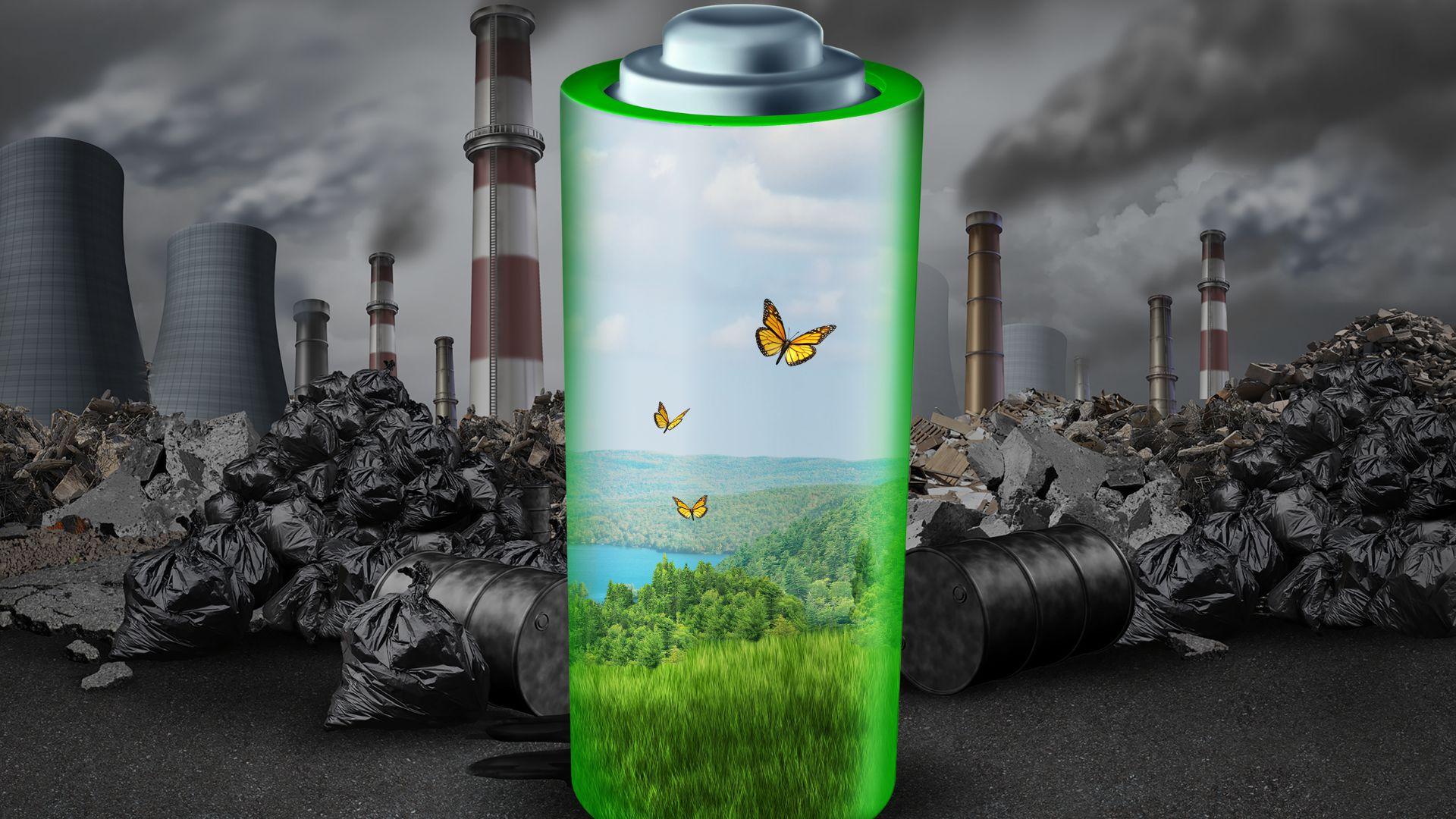The Benefits of Lithium Iron Phosphate Batteries

Which battery cells are actually the best for battery storage? We believe it's a Cell technology known by the acronyms LiFePO4 or LFP. There are three main reasons in favor of lithium iron phosphate battery storage:
The longevity of LiFePO4 battery storage
The longevity of a battery is determined by one question: How many times can the battery be charged before it noticeably loose performance? We are talking about charging cycles here. A cycle is a continuous charging and discharging process. A distinction is made between full and partial cycles. A full cycle is when the battery is discharged to a residual capacity of 0 percent and then charged to 100 percent. A partial cycle, on the other hand, is an incomplete discharge. Partial cycles can be added when calculating the number of cycles and combined into full cycles.
Important parameters for the cycle life of the battery storage are the depth of discharge (DOD), the state of charge (State of Charge, SOC) and the ambient temperature at the installation site. The DOD indicates the depth of discharge and the SOC the state of charge in relation to the total capacity of the battery as a percentage.
In a storage system optimized for self- consumption, the battery is charged and discharged around 250 times a year. Lithium iron phosphate battery storage from RCT Power can be charged and discharged around 5000 times. After that, battery storage can still be charged and discharged efficiently, but there may be a slight loss of capacity. For comparison: A lead-acid battery, such as e.g. B. a car battery, has between 300 and 500 full cycles.
The performance of the battery also plays an important role in charging and discharging. The LiFePO4 battery can be both discharged and charged with high power. This property shows technical advantages, especially in changeable weather or in connection with backup power systems.
The battery storage based on lithium iron phosphate can not only be charged more frequently, the energy conversion is also more efficient than with other battery technologies. No energy storage system is 100 percent efficient. The efficiency (abbreviation η) is a dimensionless variable and usually describes the ratio of the energy that can be drawn to the energy that is supplied. In practice, this means that not all of the charging energy can be used by batteries. The efficiency of LiFePO4 batteries is very high and is between 93 and 98 percent.
Environmental compatibility of lithium iron phosphate
The durability of the lithium iron phosphate batteries conserves resources. The resources themselves are also more environmentally friendly. Lithium iron phosphate is a material that occurs as a natural mineral in its chemical composition. It is not a toxic heavy metal.
Let's take a look inside the battery: A battery consists of two electrodes. The negative electrode is made of graphite, the positive electrode is usually made of a combination of cobalt (nickel-cobalt, nickel-manganese-cobalt, lithium-cobalt, etc.) or lithium iron phosphate.
Lithium iron phosphate batteries are one of the few cobalt-free lithium batteries. Neither lead, cobalt nor nickel are used. Storage with lithium iron phosphate is therefore harmless and, above all, not toxic like batteries that use heavy metals. An equally important point: The mining of cobalt in the Congo takes place under very questionable conditions for people and the environment. The absence of problematic raw materials such as cobalt makes the lithium iron phosphate battery the first choice when it comes to combining ecology and economy.
Safe battery technology
As things stand today, a lithium iron phosphate battery is one of the safest battery technologies. LFP battery storage has clear safety advantages, especially with regard to a possible fire hazard due to a short circuit in the battery cell.
The smaller the battery cells and the lower the energy density, the higher the fire protection. A lithium iron phosphate cell is particularly safe because it has a low energy density. The oxygen required for a fire is bound particularly strongly in these batteries. The required temperature of more than 400°C cannot be reached. It is therefore also referred to as intrinsically safe.